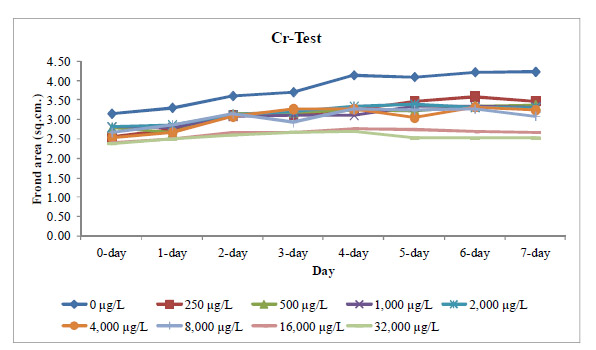Phytotoxicity of Atrazine Herbicide to Fresh Water Macrophyte Duckweed (Lemna perpusilla Torr.) in Thailand
Main Article Content
Abstract
Atrazine herbicides are of potential ecotoxicological concern to freshwater in many countries, as a result of cultivating maize, sorghum, pineapple, and sugarcane. Few data are available on the toxicity of atrazine to duckweed (Lemna perpusilla Torr.), which is the most common species of macrophyte in Thailand. This study tries to determine the toxicity of atrazine individually to freshwater macrophyte, Lemna perpusilla Torr. (duckweed). The
growth rate of Lemna perpusilla Torr. decreased with increasing atrazine concentration, with the concentration of atrazine inhibiting growth by 50% (EC50) being 13,487 μg/L. The EC50 value for the exposure of Lemna perpusilla Torr. was significantly affect concentration of 16,000-32,000 μg/L. Therefore the growth rate of Lemna perpusilla Torr. reduced when atrazine concentration were present range 250-32,000 μg/L, observed within 24 hours, which were more tolerant than Lemna minor (EC50 = 250 μg/L). These results have important potential implications for the protection of freshwater ecosystems through the derivation of national water quality guidelines.
Article Details
Published articles are under the copyright of the Environment and Natural Resources Journal effective when the article is accepted for publication thus granting Environment and Natural Resources Journal all rights for the work so that both parties may be protected from the consequences of unauthorized use. Partially or totally publication of an article elsewhere is possible only after the consent from the editors.
